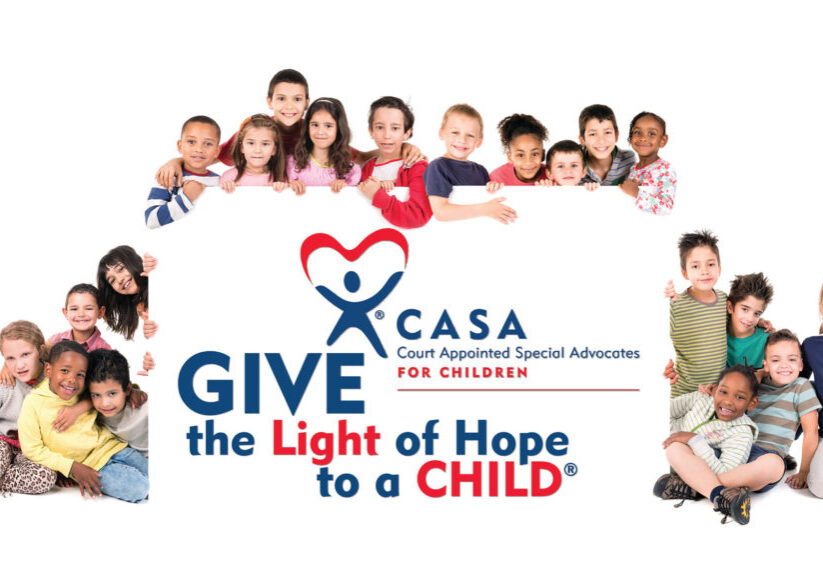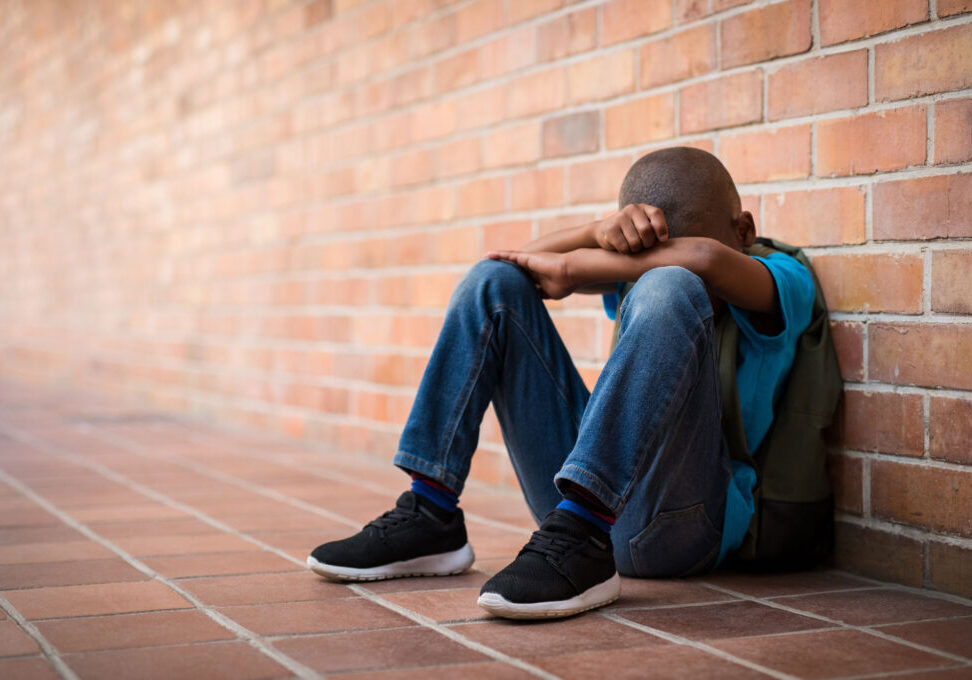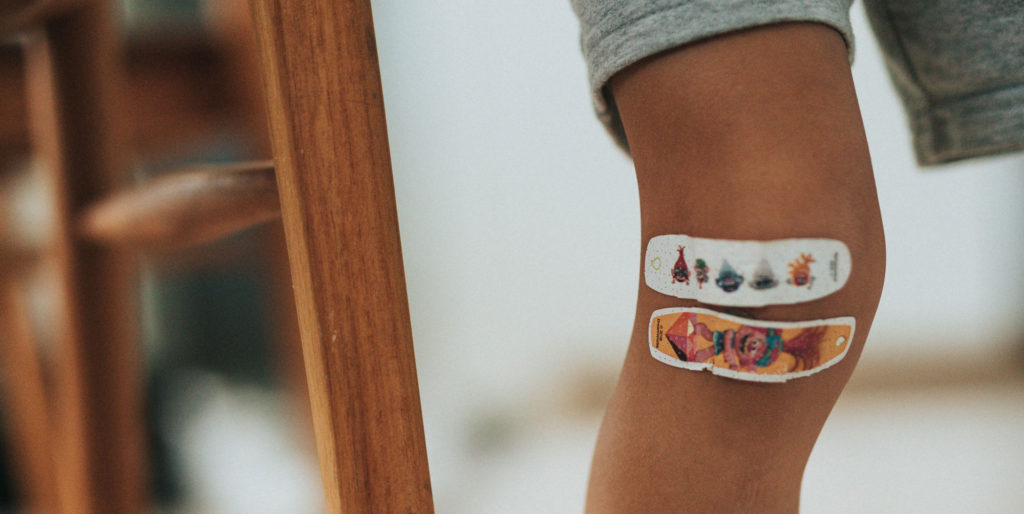It is never too early to start teaching your kids basic first aid skills and what to do in an emergency. If your child gets injured, remain calm and talk them through the steps you are taking while applying ice, wrapping bandages or treating a bug bite. The skills you teach them now will be used for a lifetime. Here are some basic first aid tips you can start teaching kids now.
For bumps and bruises
For a typical bruise, explain that when you bump into something it causes bleeding under the skin. Apply an ice pack to the bruise to prevent swelling and reduce pain. Show your child where you keep the ice pack and how to wrap it in a towel so the ice isn’t directly on the skin.
Call for help if your child has a head injury and is acting strangely or if he is experiencing nausea, vomiting, confusion or vision changes.
For cuts
If your child has a cut, teach her to use a clean cloth to put pressure on it to slow bleeding. When the bleeding has stopped, clean the wound and apply antibiotic ointment and a bandage.
Call for help if the cut is deep, will not stop bleeding, has something stuck in it, or if you can see ligaments or bone.
For sprains and broken bones
Any time there is a suspected broken bone, your kids should ask for help from an adult. Teach them not to touch the injured area and apply ice while waiting for help.
Call for help if the bone is bent or sticking out or if they cannot move or put weight on the injured area.
For burns
If your child has a mild burn run it under cool tap water for 15 minutes and repeat as needed. Do not apply ice directly to the wound. If the burn blisters, ask your child to leave it alone as much as possible as this will help with the healing process.
Call for help if the burn is waxy looking or bigger than the palm of your hand, or if it is making movement difficult.
For bug bites and stings
For bug bites, wash the area and apply ice for swelling and pain. You can also apply calamine lotion to help with itching.
Call 911 if your child has an allergic reaction to a sting, such as difficulty breathing.
For choking
If someone is choking, remain calm and ask the person questions. If they can answer, they are still able to breathe. If they are coughing, wait and see if they are able to clear the airway on their own. Older children can be taught how to do the stomach thrusts (formerly known as Heimlich maneuver) to help dislodge the item that is choking them. Older children can also be taught how to perform stomach thrusts on others.
Call 911 if someone is struggling to breathe and is not able to cough or speak.
First aid is an important life skill for anyone to have and it is never too early to begin teaching these basics. You can model what to do in an emergency situation by remaining calm and talking your child through minor injuries. For other emergencies like fire safety and broken bones, you can use role playing to help kids understand what to do. Set a date on your calendar at least once a year to go over first aid, fire safety and what to do in an emergency. This will help your child remember what they learned and remain calm if they are faced with one of these situations.
Posted in: Safety, Youth & Teen
Comment Policy: All viewpoints are welcome, but comments should remain relevant. Personal attacks, profanity, and aggressive behavior are not allowed. No spam, advertising, or promoting of products/services. Please, only use your real name and limit the amount of links submitted in your comment.
You Might Also Like...

CASA Volunteers – A Voice For Foster Children
Have you heard of the CASA (Court Appointed Special Advocate) Program? CASA is a national program that aims to ensure that every child in the foster care system has a […]

Teens, Depression and Nutrition: Assessment and Support
According to the National Alliance of Mental Illness (NAMI) approximately 1 in 5 youths ages 13 to 18 experience a severe mental disorder at some point during their lives. What […]

Trains And Model Railroading-Fun For Girls And Boys
November is National Model Railroad Month, so now is a great time to visit your local train museum. All 50 states have one or more train museums, many featuring full-size […]

Strengthening Children After Traumatic Events
Serious traumatic events like the North State wildfires in 2020 and 2021, or suddenly having to move due to family or housing issues can diminish a child’s feelings of trust […]




